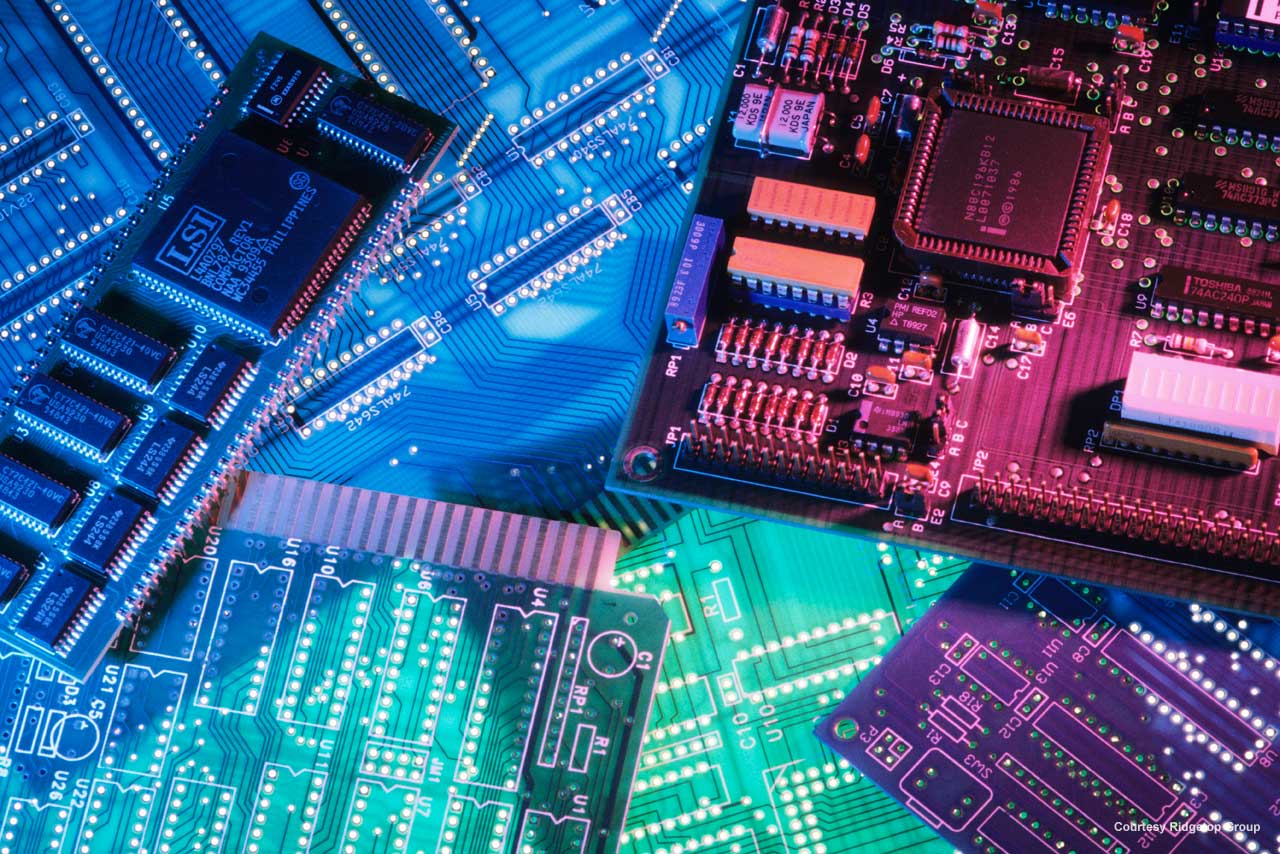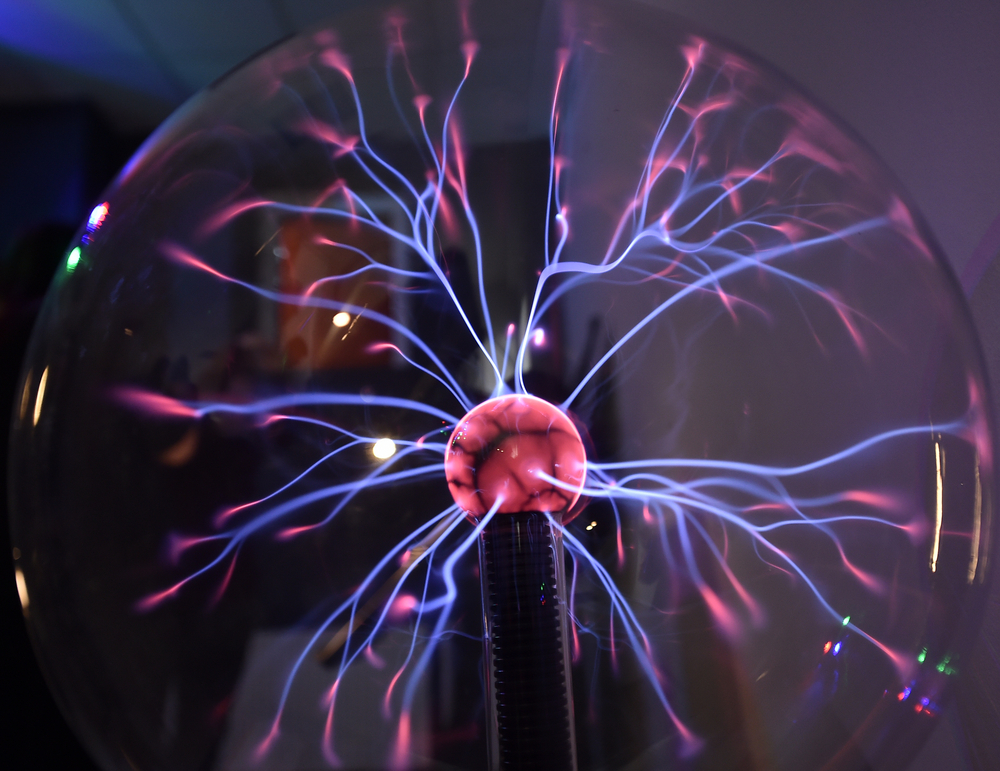description:
In the last 100 years, the world has undergone a tremendous revolution made possible by advances in modern electronics. Electronic devices—which manipulate electrons or their associated fields in fundamental ways to produce a useful effect—have provided us with ubiquitous, massive computational power; allow us to communicate nearly instantly with loved ones across the globe; can flawlessly record, safeguard, and display information; and provide us with tremendously precise control of manufacturing devices and medical instruments. They are fundamental to our global economy, improve our lives immeasurably, and underlie virtually every aspect of modern life. Yet very few of us have any idea of how electronic devices actually work.
episodes:
01. Electricity and Electronics
What is the difference between electricity and electronics? Begin your study of modern electronics by examining this distinction, and observe how electronics use the basic properties of electric circuits in a more sophisticated way. Witness firsthand how resistance is described with Ohm’s law, and learn how to measure electric power.
02. Circuits and Symbols
Meet the battery! This lecture marks your introduction to circuit diagrams, displaying the interconnected assemblages of electronic components that make a circuit function. Learn how to decipher these drawings, and see how components assembled in series or in parallel may interact differently depending on their configuration.
03. Instruments and Measurement
As you grow familiar with physical properties of electric circuits, become acquainted with the instruments used to measure these quantities: voltmeters, ammeters, ohmmeters, multimeters, and the oscilloscope. See how each of these instruments interacts with a circuit to test circuit behavior or measure quantities that may vary over time.
04. AC versus DC
Examine the nuances of alternating and direct currents, see how transformers use electromagnetic induction to transform voltage levels in AC circuits, and observe the role of diodes and capacitors in regulating current. See how the DC power supplies that charge our cell phones are constructed so that they convert alternating to direct current.
05. Up the Treble, Down the Bass!
From familiar audio equalizers we use to crank the bass or reduce hiss, to cell phone towers that need to separate calls coming in on adjacent channels, filtering electronic signals is often essential. Dive further into the critical role that capacitors play in electronic filters.
06. Up the Treble, Down the Bass!
From familiar audio equalizers we use to crank the bass or reduce hiss, to cell phone towers that need to separate calls coming in on adjacent channels, filtering electronic signals is often essential. Dive further into the critical role that capacitors play in electronic filters.
07. Transistors and How They Work
Transistors in all forms fundamentally do the same thing: they allow one electronic circuit to control another. Review the concept of electronic control, and study field effect transistors (FETs) as well as bipolar junction transistors (BJTs). See how the bipolar junction transistor can be used as a simple switch.
08. Transistors as Amplifiers
Discover how transistors can be used to increase voltage, current, or power of an electronic signal while faithfully reproducing the signal’s time variation. See how biasing and load-line analysis play key roles in amplifiers, and help prevent distortion. Learn to design a simple one-transistor audio amplifier that increases the voltage of audio-frequency signals.
09. Building an Audio Amplifier
Put your knowledge to use by building a complete audio amplifier. First, create a two-stage amplifier, then add capacitors to increase the amplification, or gain. Add a power output stage to drive a loudspeaker. Finally, add a volume control. In addition, learn how biasing with diodes can eliminate a subtle form of distortion.
10. The Ideal Amplifier
Learn why large gain—infinite gain, in fact—as well as low output resistance and high input resistance are characteristics of the ideal amplifier. See how an integrated-circuit operational amplifier, or “op-amp,” puts all these things together and also how the op-amp can be used as a simple comparator.
11. Feedback Magic
Define what “feedback” means in electronics, and how it can be used in a circuit. Learn how negative feedback utilizes communication between the output and input of an amplifier, and how operational amplifiers use this phenomenon to create thought-controlled robotic arms, intelligent light bulbs, and optical tracking systems.
12. Electronic Feedback
Understand the math behind two basic rules that allow op-amps to leverage the magic of negative feedback: no current flows into op-amp inputs, and with negative feedback, V+ = V –. See how these rules allow op-amps to tame near-infinite gain in a circuit down to the exact amplification you want.
13. Amplifier Circuits Using Op-Amps
Now that the versatility of negative feedback has been demonstrated, adjust the strength of negative feedback in op-amp circuits to build amplifiers with whatever gain you choose. Create an amplifier that sums two or more inputs, see a circuit that converts current to voltage, and explore the design and operation of an op-amp-based light meter.
14. More Fun with Op-Amps
Explore peak detectors that “remember” the maximum voltage reached, as well as Schmitt triggers whose output retain their value until the input changes sufficiently to “trigger” a change in the output. Use these concepts to design a practical circuit: an alarm to warn if your freezer’s temperature has been above freezing.
15. Using Op-Amps with Capacitors
By introducing capacitors to op-amp circuits, you will see how feedback capacitors can be used to introduce time-dependent behavior such as gradual voltage increases, and to generate useful waveforms. Learn in the process how op-amp circuits with capacitors can perform the mathematical operation called integration.
16. Digital versus Analog
Explore the difference between the analog and digital realms. Learn how the two states “0” and “1” can be used to represent numbers or textual information. Enter the digital age with binary numbers and operations that are the basis of computer logic, and discover logic gates and their truth tables for common logical operators.
17. Electronics Goes Digital
See how distinctly different electrical circuits can implement basic logic operations, and how simple logic gates come together to form complex logic circuits, ultimately including computers. Return to transistors to see how both BJTs and MOSFETs are used to implement logic gates, the latter in an arrangement called Complementary Metal Oxide Semiconductor (CMOS).
18. Flip-Flop Circuits
By combining logic gates and positive feedback, obtain circuits with two stable states. These “flip-flop” circuits “remember” their current states until they are forced into the opposite state. Learn the inner workings of several types of flip-flops as they lay the foundations for memory circuits.
19. Shift and Divide—Your USB and Your Watch
Learn how electronic devices “talk” to each other by using flip-flops to send computer “words” one bit at a time, and observe how recipient devices reassemble incoming bits using serial-to-parallel conversions. See how Universal Serial Bus (USB) connections transmit communications between devices, and how the T flip-flop is utilized as a frequency divider in quartz watches.
20. Digital Memory
Examine the circuits that enable your devices to “remember” everything from contact information to your browsing history to the keystrokes you type on your computer. Compare random-access memory versus sequential memory as well as volatile and non-volatile memory.
21. Digital Counters
Flip-flops can be connected together to create counting circuits. Examine the circuitry behind 2-bit, n-bit, and decade counters, then see how the interruption of a light beam can be used in conjunction with such a circuit to keep count of people walking by or products moving along an assembly line.
22. Digital to Analog
Because we live in an analog world—sound, time, temperature, speed, and light are all analog phenomena—it’s important to be able to convert outputs of digital circuits into analog signals that we can perceive. Discover two digital-to-analog converters (DACs): weighted-resistor DACs, and the delta-sigma DACs that provide high-resolution audio for our smartphones and mp3 players.
23. Analog to Digital
Observe how circuit designers have formulated a wide array of schemes for converting analog signals to digitally encoded information. See how flash converters, integrating converters, and feedback converters use very different methods to accomplish the same goal, and weigh the situational costs and benefits of each.
24. Your Future in Electronics
With some final tips, an introduction to the microcontroller, and a demonstration of an amazing circuit aimed at improving the efficiency of photovoltaic panels, Professor Wolfson leaves you with an enhanced appreciation for the complexity of essential modern electronics. You are now well equipped to embark on your own journey through the fascinating world of electronics!










